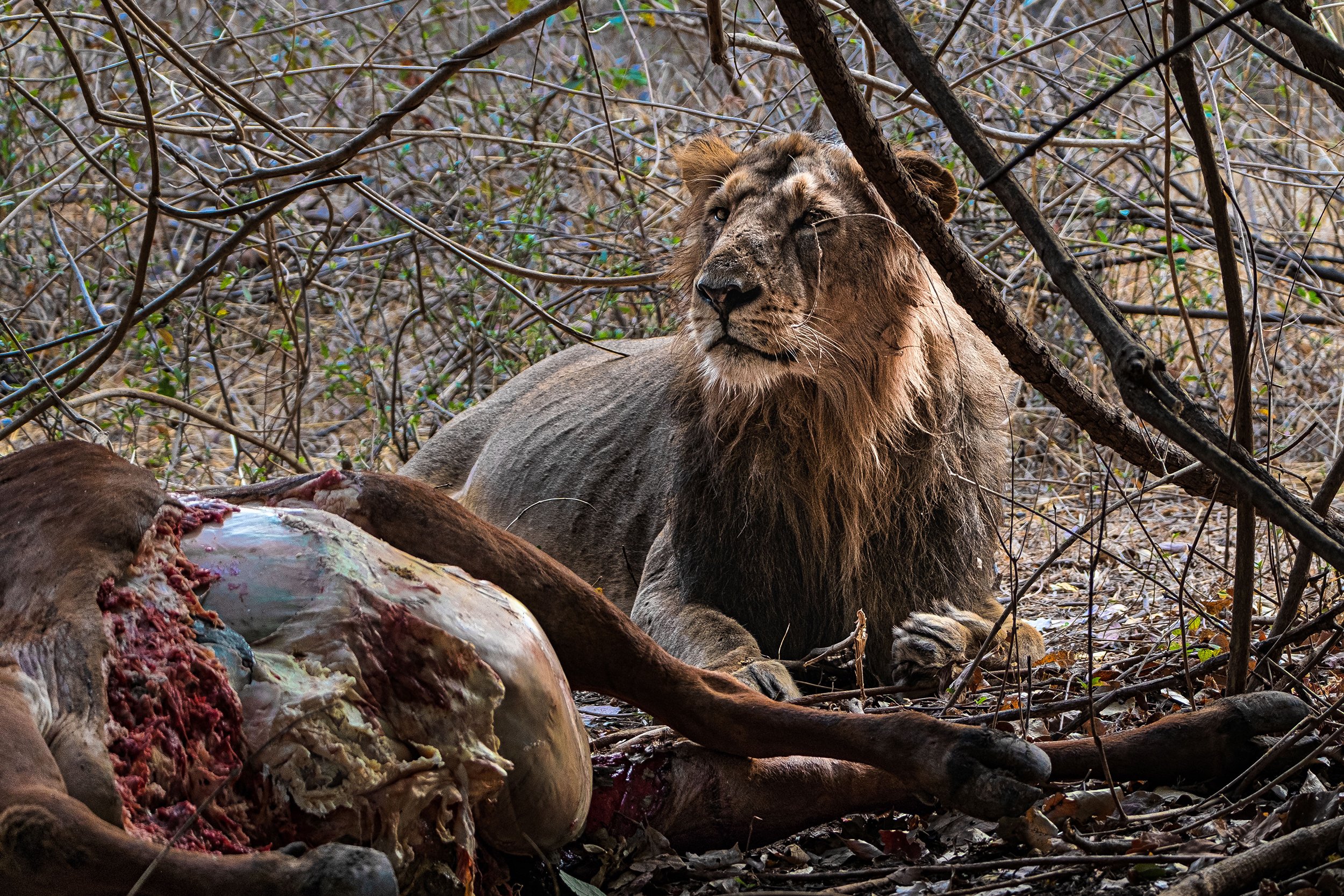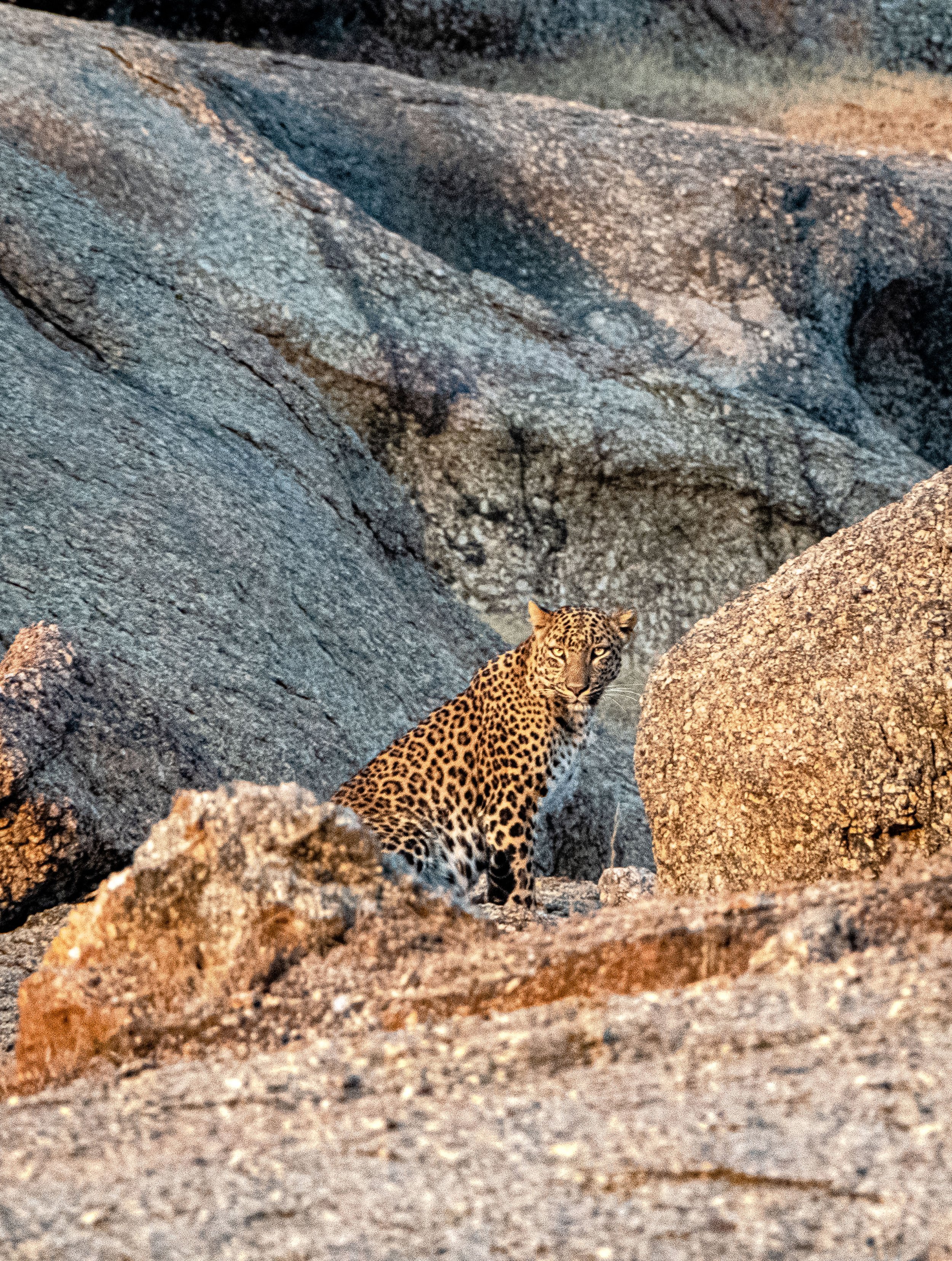India
India, with a population of over 1.4 billion is now the most populous nation on earth. The country continues to home large species of animals outside its densely populated cities. The landscapes range from hot, humid jungles to dry deserts as well as some of the tallest snow-capped mountains in the world. Many of the larger species of animals in this country that until very recently were close to extinction, are now beginning to rebound in numbers due in large part to a concerted effort by the government of that country to protect endangered animal habitats. In many instances, the government has sided with animals and even against expanding human settlements and commerce. In large part, the reason for this newly forged alliance between the government and wildlife is the growing role that tourism is beginning to play in the country’s overall economy. This combined with a new generation of conservationists that are making demands for wildlife habitat preservation. The areas where the animals and people alike were encountered during these photo sessions were: Bera in the state of Rajasthan and Sasan Gir National Park in the state of Gujarat.
The animals captured in these photos were as follows: Asiatic lions, leopards, and northern plain gray langurs. The Asiatic lions photographed here, live in Sasan Gir National Park. Asiatic lions once roamed as far west as northern Greece and as far east as present-day Bangladesh. This 545 square mile (1410 square kilometer) national park is home to the remaining approximately 700 free ranging Asiatic lions. These large cats live in close proximity to the Maldhari herding tribe as well as the Siddi minority, an ethnic group of African origin living in this region of India since the seventh century. The leopards of Bera that appear on this website, live outside any traditionally defined reserve or national park. They live in the Aravalli Hills shoulder to shoulder with the Rabari tribesmen and tribeswomen. Members of this tribal group worship the leopards as their own personal guardian angels and view leopard attacks on their livestock as religious sacrifices. There is no record of a leopard attack against the Rabari’s in over a century. The cats can even be seen wandering into Rabari homes and places of worship.
The indigenous groups living with many of the animals shown here are the: Maldhari’s, Siddi’s and Rabari’s.



















































